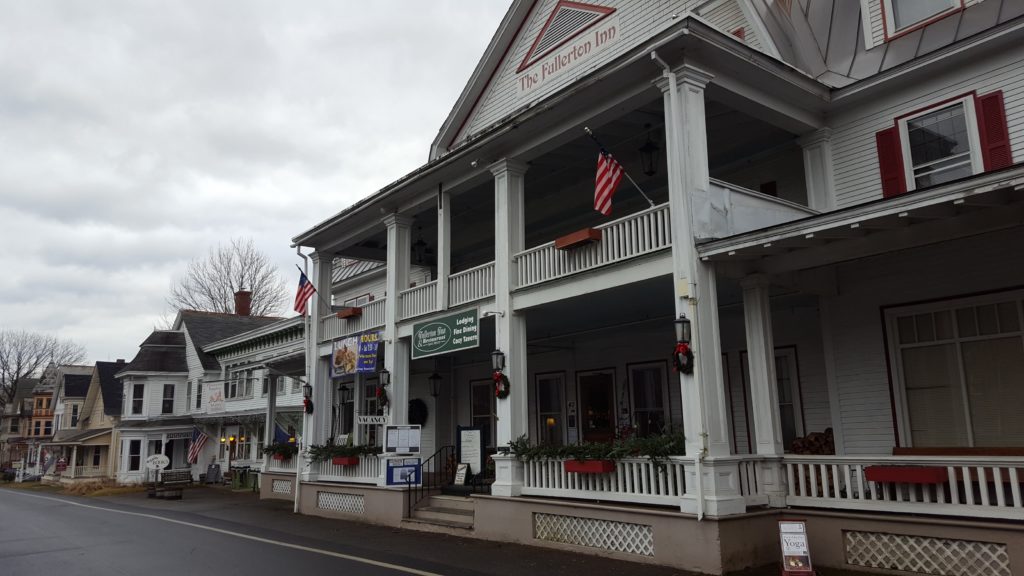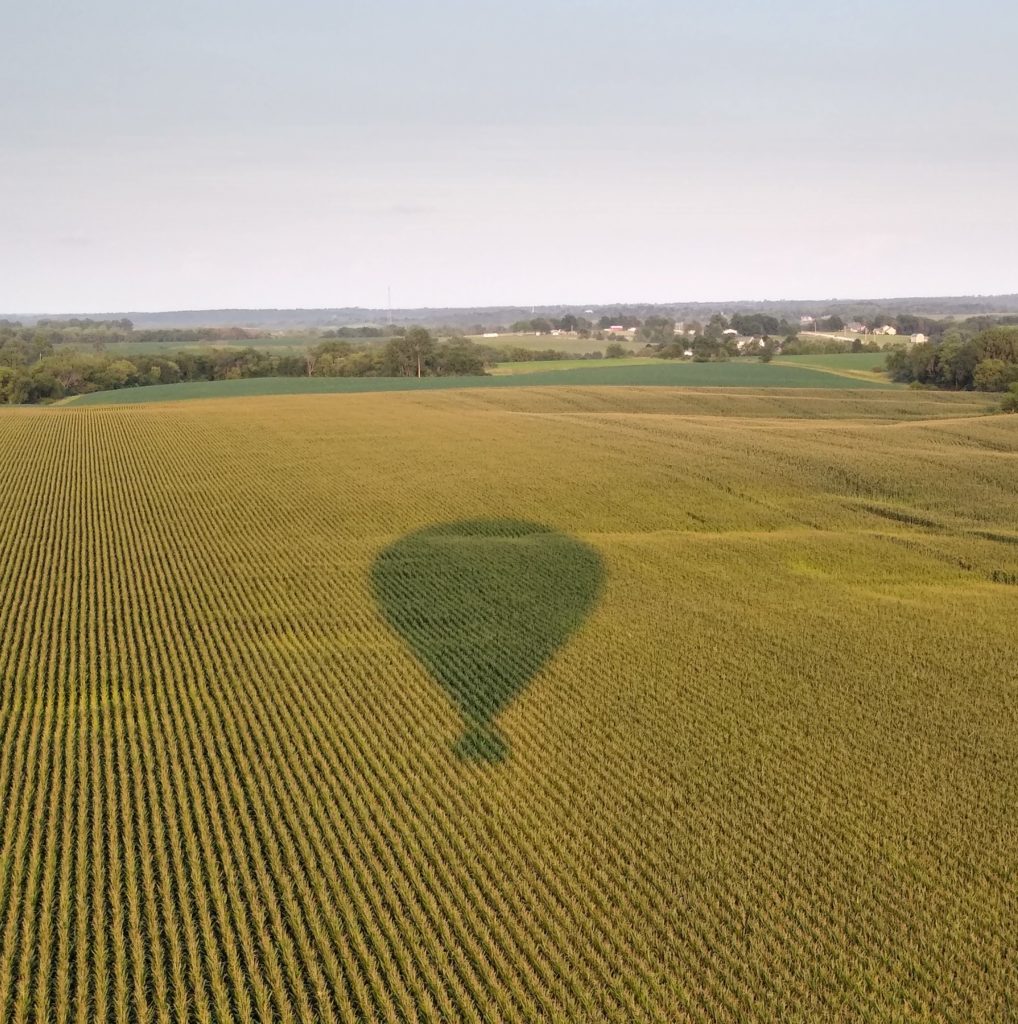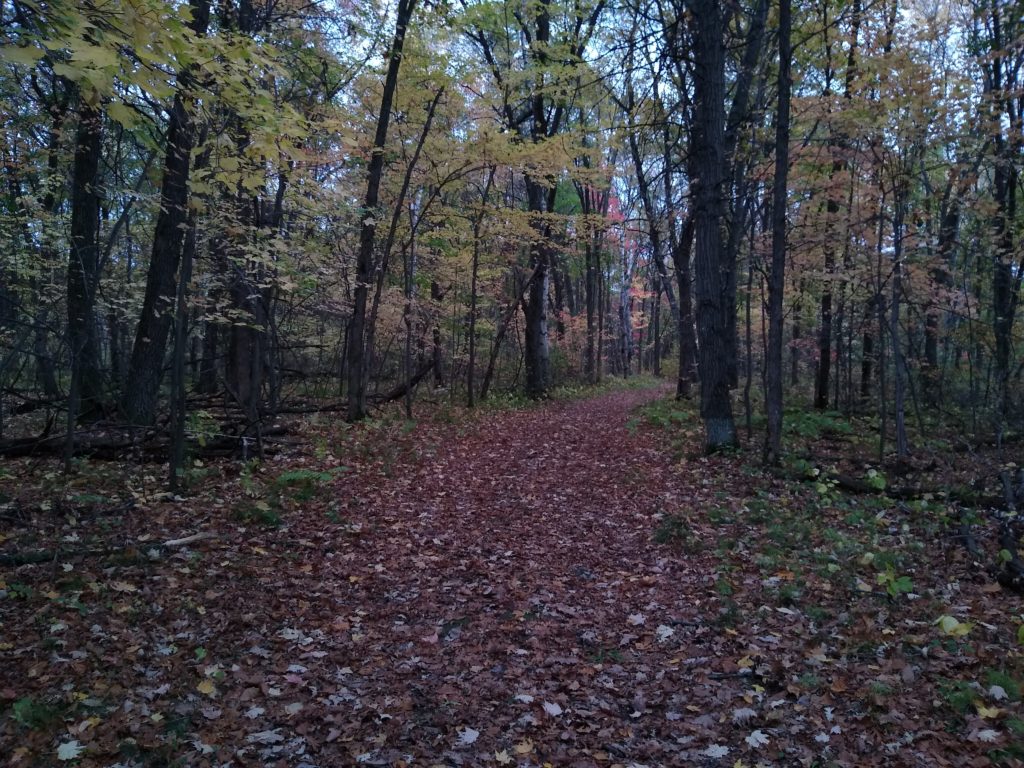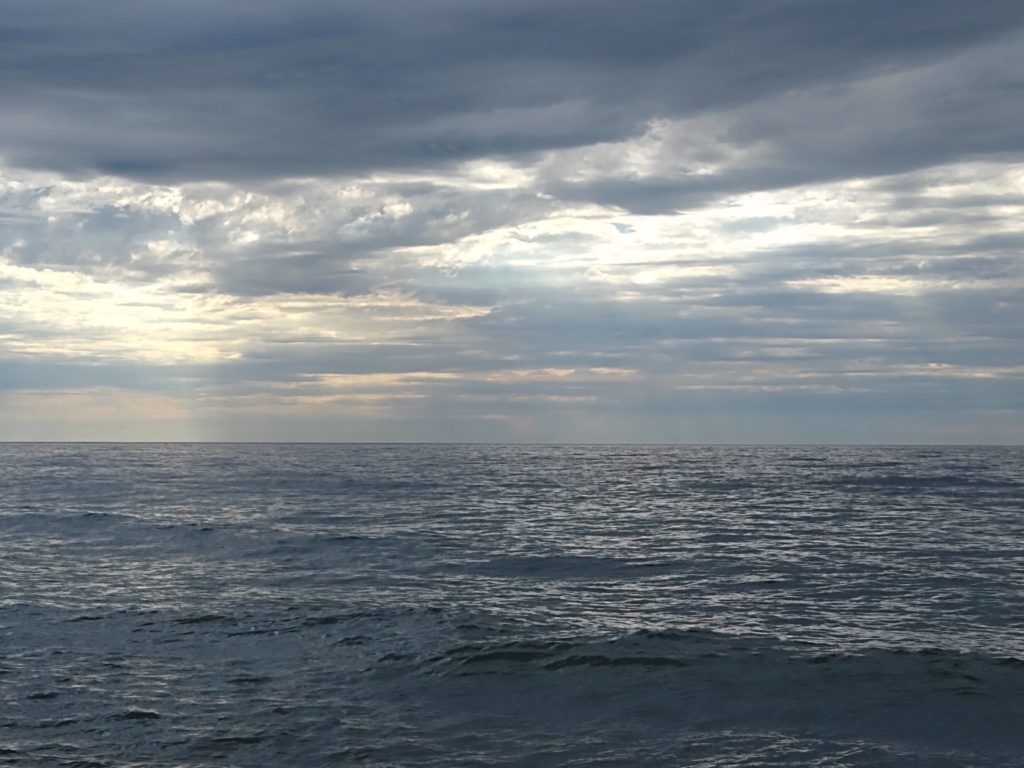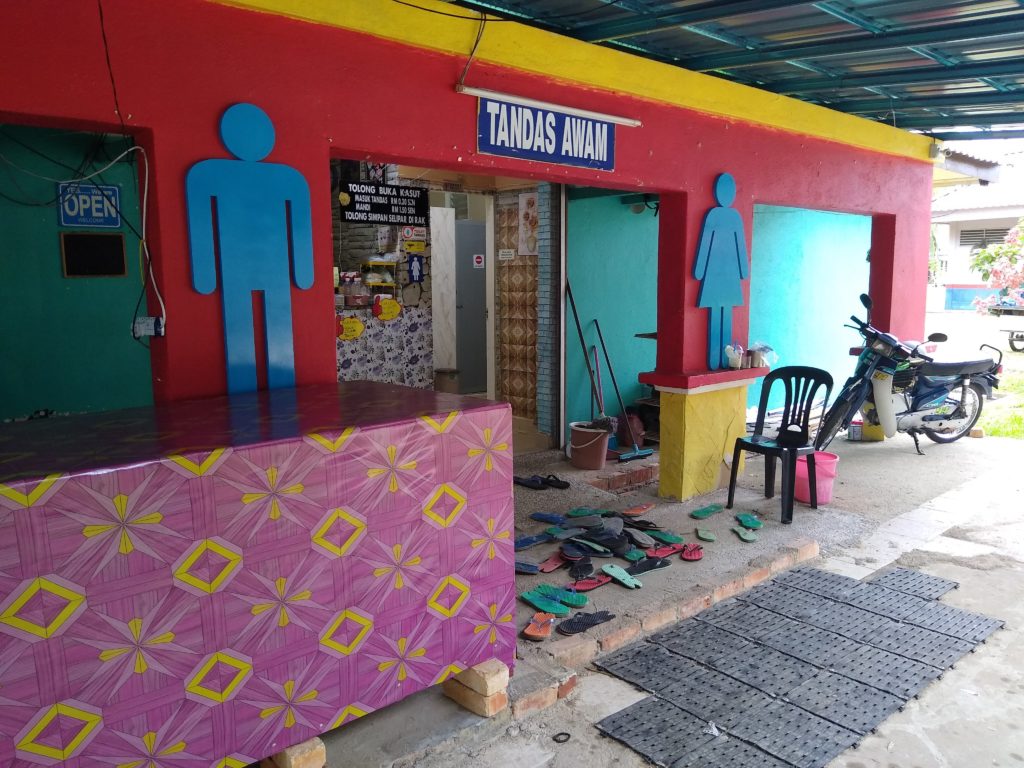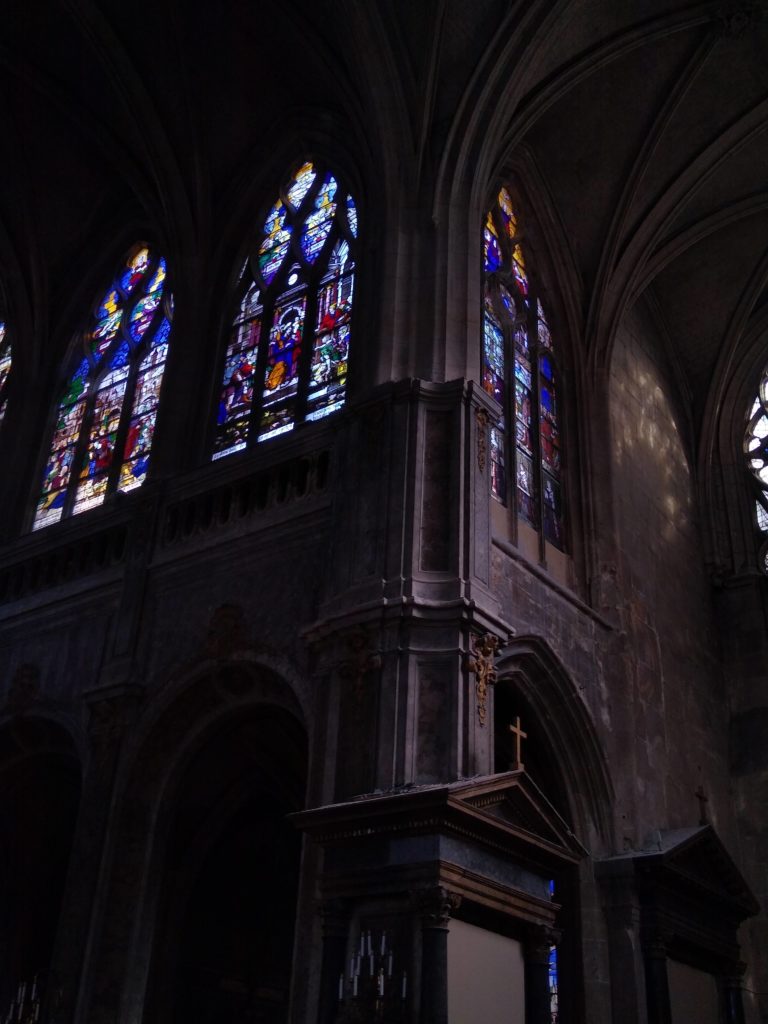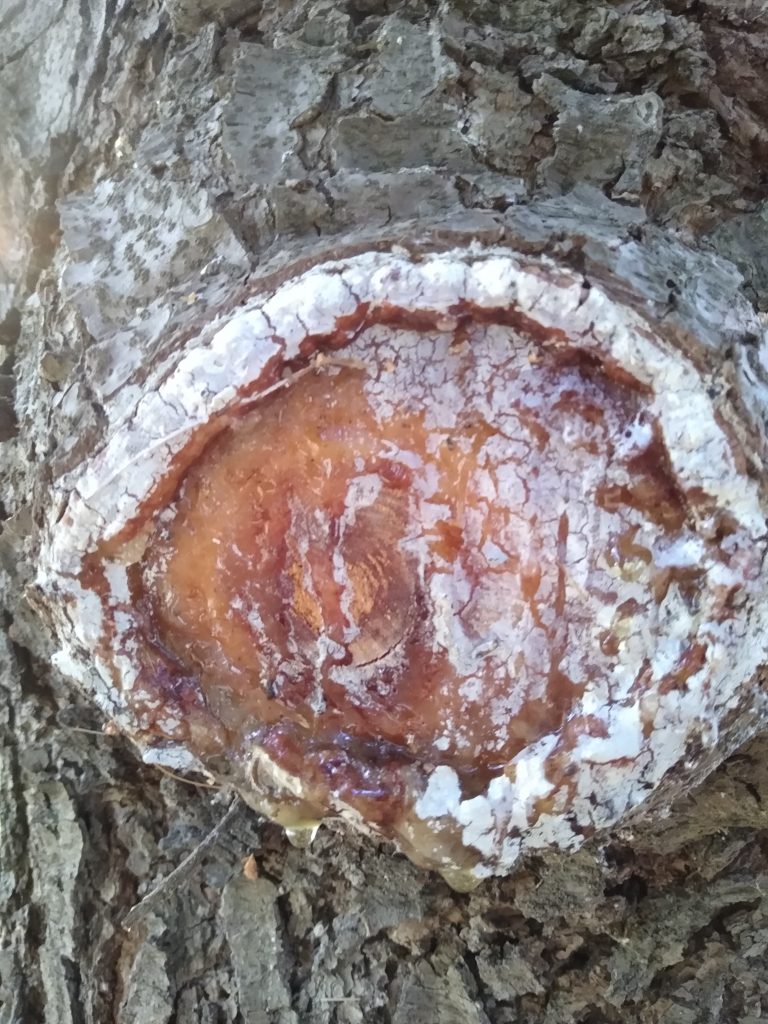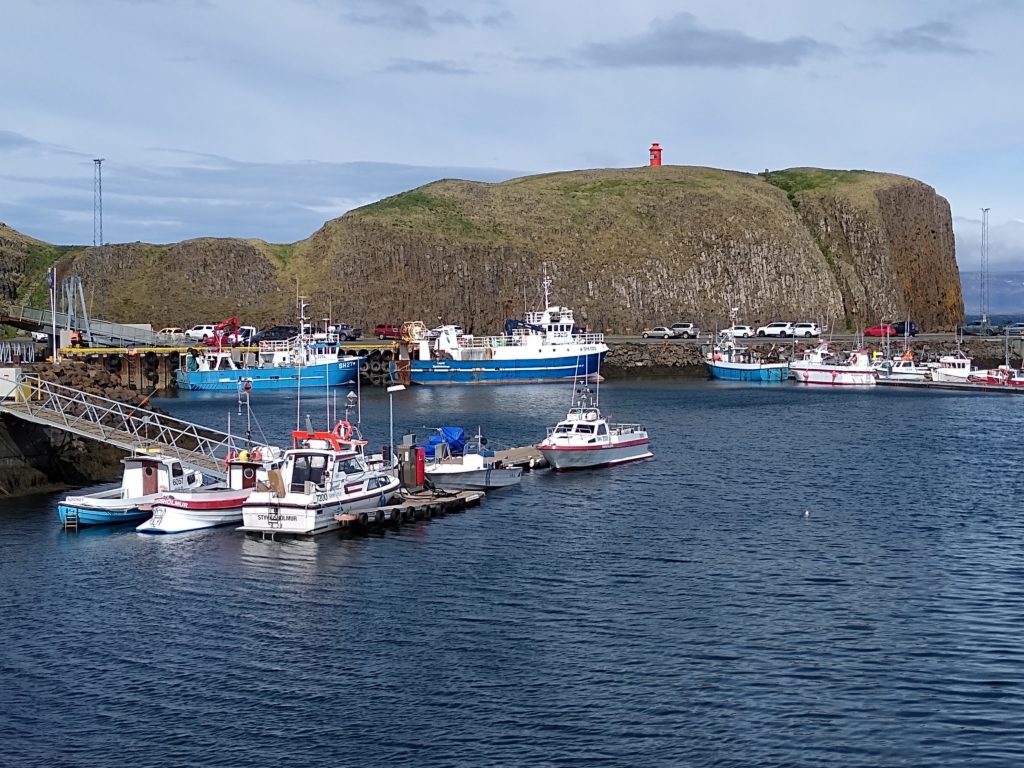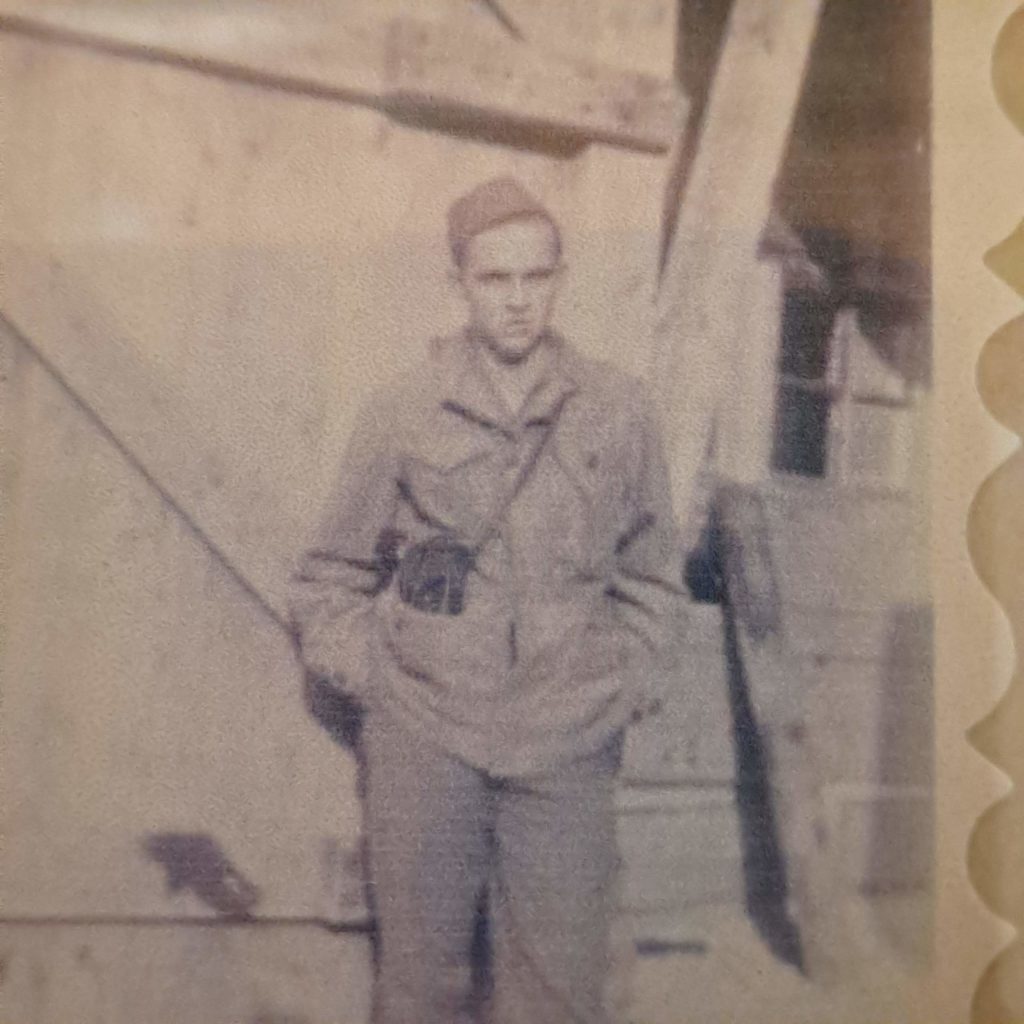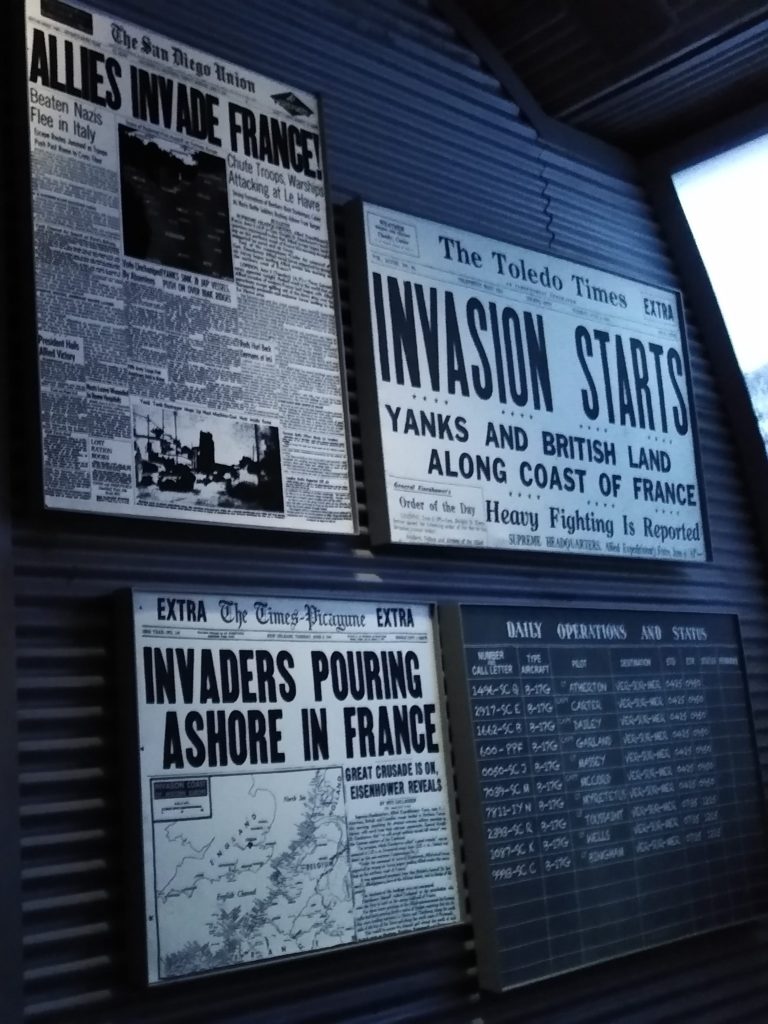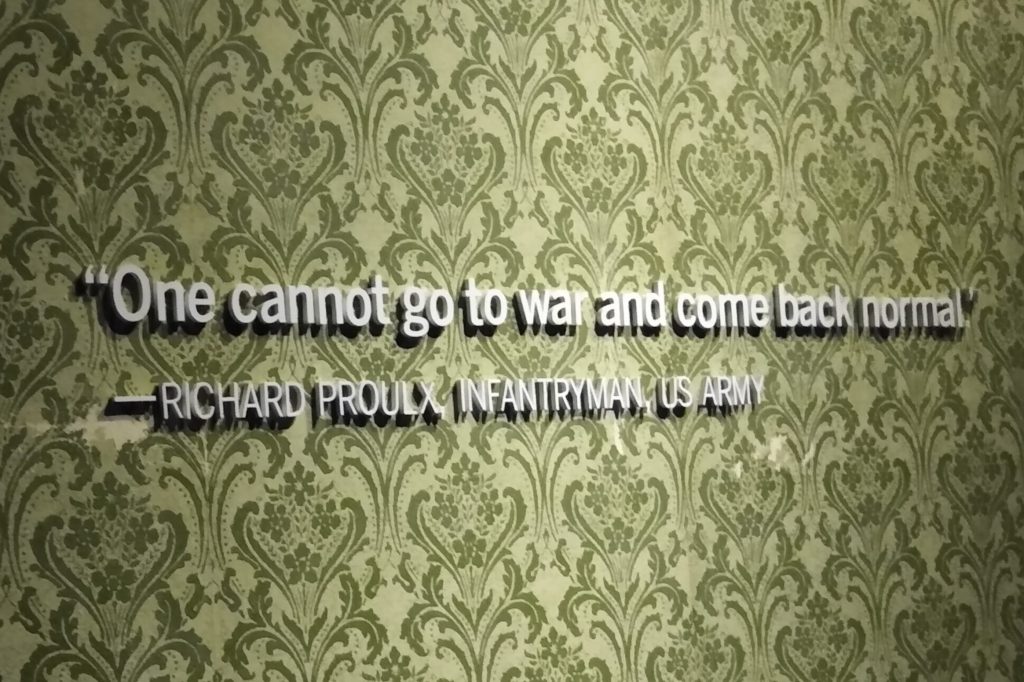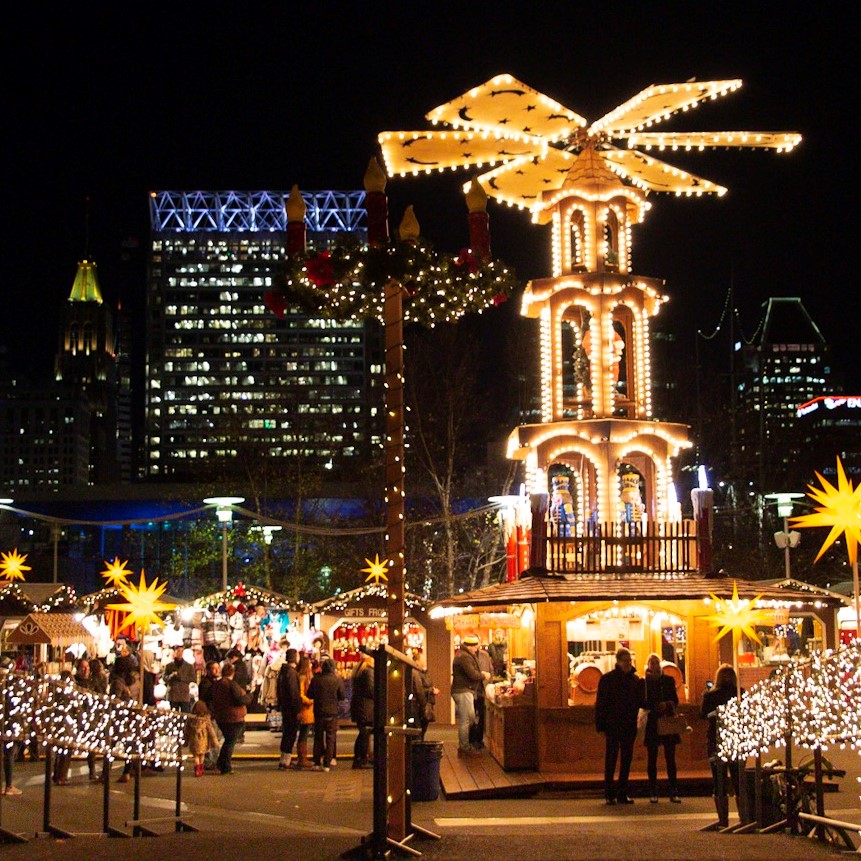
Advent Part Two
Travel Journal, 111
We were attracted by a Christmas festival in Baltimore, Maryland. We flew into the good ol’ harbor town of Baltimore specifically to enjoy “The Authentic German Christmas Market” called the Christmas Village. Cozy winter visitors come from all around to take in warmth of this little Christmas scene.
Tiny cottage-like buildings dot the inner harbor at West Shore Park. Vendors sell their crafty goods. Heaps of giant pretzels stacked feet high can’t be missed. Carolers sing. And jolly bearded folk offer mulled wines and ciders to warm the heart and soul. Lights hang low, just above head. Don’t forget to ride the old fashions Christmas carousel. Handcrafted ornaments hang on candlelit trees, waiting to find their home in yours. When you walk away from the Christmas Village, even the most shrunken, Grinch-like heart will undoubtedly grow three sizes.
We walked the lovely little village, ciders in hand. Baltimore surprisingly delivers a wonderful Christmastime opportunity. But like all big cities, all is not calm. All is not bright.
The Second theme for Advent is Peace.
What does peace look like?
Without even looking up a definition, I tend to think of peace as the absence of conflict, suffering, and sorrow. But sometimes peace can be harder to define than simply the absence of certain things. While darkness is simply the absence of light, that does not mean that all light is better than the darkness—take a house fire at night, for example.
So when we walked along the harbor walkway after the Christmas Village and saw a man sleeping on a bench, my gut reaction was that he was simply asleep. But my second thought was that it was 15 degrees outside, he wasn’t wearing appropriate clothing for the weather, and he had several emptied bottles of booze nearby. The man may have had the appearance of peace, but he was far from at peace. He was barely breathing and would have no doubt died on that park bench. I described his situation to the 911 dispatcher and an ambulance arrived shortly thereafter.
The book of Isaiah tells us that unto us a Child is born. His name shall be called the Prince of Peace (among other wonderful things). (Is. 9) And when he did come to earth, a group of angels announced from the sky that this Child, Jesus, brought peace and goodwill to men. (Luke 2) Jesus didn’t just come to earth to ease conflict or dull the pain of existence. He came to earth and brought a real, lasting peace. The peace is Jesus himself. His salvation is not that he came and left. His salvation is that He came and the presence of God has not left. It is no longer dark. And the light is the warm glow of the Son of God.
A simple lack of conflict doesn’t cut it. Without the peace of Jesus, we might as well be drunk on a park bench in a t-shirt and jeans in the middle of winter. That kind of peace is artificial and deadly. A lack of conflict means nothing without the true Agent of Peace, the Prince of Peace. The presence of Jesus displaces conflict, war, sorrow, sadness, pain, and death.
The people who walked in darkness have seen a great light; those who dwelt in a land of deep darkness, on them has light shone. (Is. 9:2) For to us a child is born. His name shall be called Prince of Peace. (9:6)
anthony forrest
Follow along with the Advent tradition! Here are a few passages of Scripture for this week’s theme:
Peace
And be sure to check out Advent, Part One on the Idyllic Christmas
